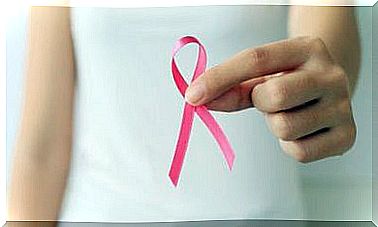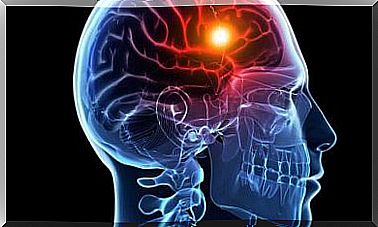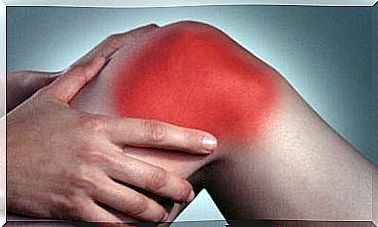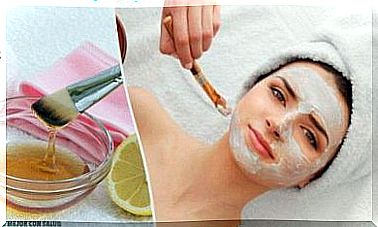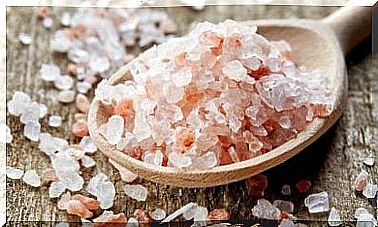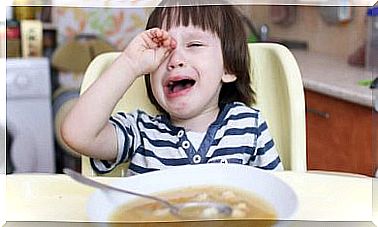Heel Spur: How To Prevent And Treat?
Preventing heel spurs is easier than treating it.
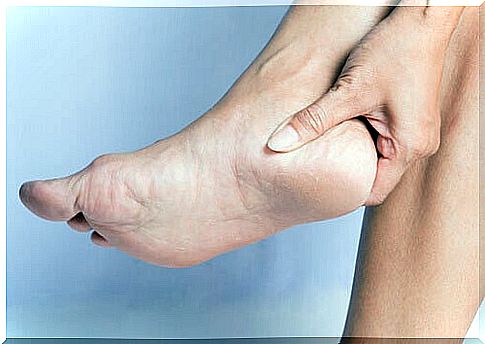
The heel spur is usually only discovered when it causes problems, although it has been there for a long time. Chronic inflammation and the resulting pain can develop, which limit the quality of life, as every step can be painful.
What is a heel spur?
The heel spur is a natural reaction of the body to improper stress. He builds a bony reinforcement on the heel to provide additional support for the tendons and ligaments of the foot.
It always arises from incorrect or excessive stress and can be painful. Most of the time it remains undiscovered for many years. The average age of those affected is between 50 and 60 years and women are affected slightly more often than men.
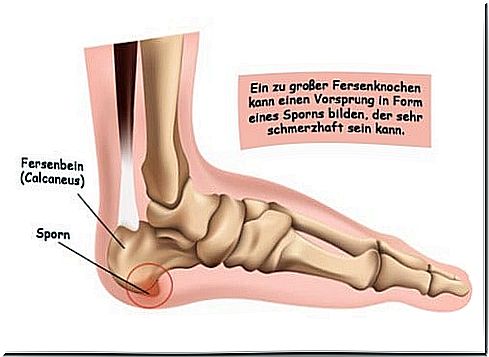
Causes of heel spur
A heel spur does not appear suddenly, but takes a long time to build up. Since it is a question of bony structures, the formation progresses insidiously.
Heel spurs are usually discovered by chance or only when they cause problems. Reasons for the incorrect or overstressing of the foot that lead to such a change are:
- Obesity
- Wrong footwear
- Overload
- Muscle weakness
- Improper loading
In the following we show how which causes affect the development and avoidance of heel spurs.

Obesity
The most common cause is obesity in combination with a lack of exercise and the resulting muscle weakness and improper strain.
The one cause causes the other, so that you have to start at the origin in order to prevent a heel spur or to improve the symptoms: maintain or achieve normal weight!

Wrong footwear
Poorly padded shoes or shoes that do not fit well and are worn for long periods of time can also lead to the development of heel spurs.
Particularly during sport and long periods of stress such as standing, running, hiking or jogging, sufficient cushioning of the shoe sole should be ensured.
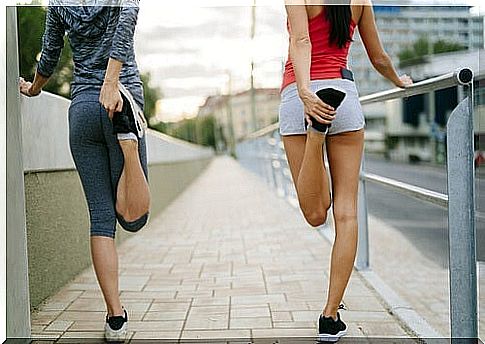
Sports
About 10% of all athletic runners develop a heel spur in the course of their life, which can be traced back to running training.
The spur usually arises from a combination of incorrect running technique, unsuitable footwear and the resulting incorrect or excessive strain.
It is therefore important to only do sports with good footwear that is suitable for the foot and the type of sport, especially those sports in which the feet, especially the heels, are subject to impact.

Muscle weakness
“If you rest, you rust” is a proverb that has a real core to it. Those who rarely move don’t train their muscles either.
One often forgets that our body needs its muscle corset in order to correctly carry out everyday movements. An upright gait and a healthy foot position are only possible if the muscles required are strong enough.
If they are not used, this leads to postural damage – not only in the back, but also in the feet! The stunted musculature can then no longer adequately support the foot and incorrect strain occurs.
The simplest prevention is: exercise regularly! A walk during the lunch break, on the way to work or on the way home ensures that the foot muscles don’t get a chance to atrophy in everyday life!
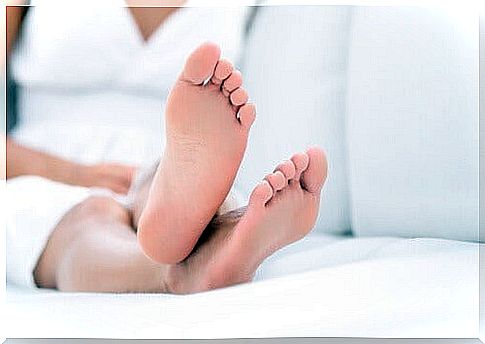
Therapy of heel spurs
Since the heel spur is a bony part of the body, no creams, foot baths or ointments will help.
The aim should be to alleviate the symptoms, i.e. to reduce the pain. This can be achieved very effectively by reducing the body weight that is pressing on the heel spur. This also benefits your overall health, not just your feet!
In addition, there are specially and individually adapted insoles with which one relieves and cushions the affected area in order to alleviate pressure pain. Appropriate high-quality footwear is a prerequisite.
Physiotherapy can also help to rebuild stunted muscles, correct misalignments and correct incorrect movements.
Physiotherapy can be an important component of therapy, but works best in combination with achieving a normal weight, which should always be the first goal.
Those who do sport should also allow their feet to rest in order to avoid overloading. It is important to adjust the footwear so that the foot is well padded and no additional permanent irritation arises from exercise.
In the short term, pain relievers help, and in the case of inflammation also anti-inflammatory preparations, but drug therapy should never be the sole form of therapy, as it only combats the symptoms, not the cause!
